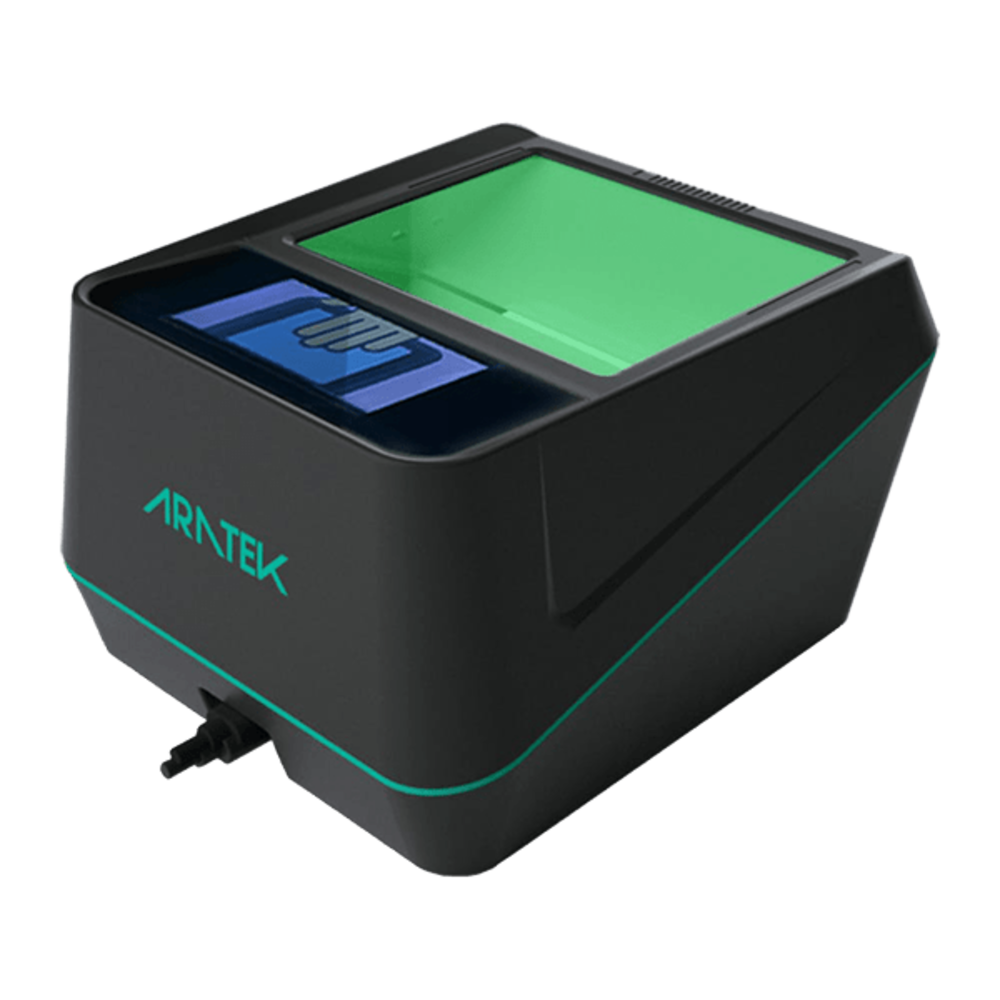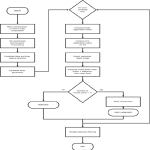Fingerprint recognition technology has become an integral part of modern security and identification systems. This biometric method leverages unique patterns of ridges and valleys on an individual’s fingertips to verify identity. Consequently, understanding fingerprint recognition can help you appreciate its significance and applications. Therefore, this comprehensive guide explores how fingerprint recognition works, its benefits, and its diverse applications. By delving into these aspects, you can better appreciate the role of fingerprint recognition in enhancing security and convenience.
How Fingerprint Recognition Works
Fingerprint recognition technology involves several steps, including image acquisition, feature extraction, and matching. Understanding this process helps you grasp how the technology accurately identifies individuals. Therefore, exploring how fingerprint recognition works is crucial.
Image Acquisition
The first step in fingerprint recognition is image acquisition, where a high-resolution image of the fingerprint is captured. Different sensors, such as optical, capacitive, and ultrasonic, are used to capture these images. Optical sensors use light to illuminate the fingerprint, capturing the reflected image. Capacitive sensors detect the finger’s ridge patterns using electrical currents. Meanwhile, ultrasonic sensors use sound waves to create a three-dimensional image. By understanding the various methods of image acquisition, you can appreciate the technology’s sophistication. Therefore, recognizing the importance of accurate capture is crucial.
Feature Extraction
Once the fingerprint image is acquired, the next step is feature extraction, where specific characteristics of the fingerprint are identified. These features, known as minutiae, include ridge endings, bifurcations, and dots. During this stage, the system calculates the relative positions, orientations, and distances between these minutiae points. This data creates a unique biometric template for the fingerprint. By understanding the feature extraction process, you can appreciate the complexity and precision involved. Therefore, recognizing the value of detailed analysis is essential.
Matching Process
The final step in fingerprint recognition is the matching process, where the extracted features are compared against stored templates. During authentication, the system matches the captured fingerprint with the templates in its database, calculating the degree of correlation. A high correlation score indicates a match, confirming the individual’s identity. This process uses advanced algorithms to ensure accuracy and minimize false positives. By understanding the matching process, you can appreciate how the system ensures reliable identification. Therefore, recognizing the importance of accurate matching is crucial.
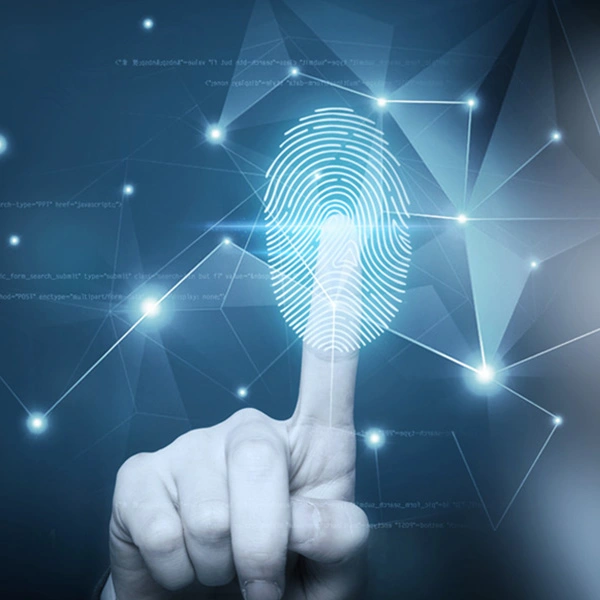
Benefits of Fingerprint Recognition
Fingerprint recognition technology offers numerous benefits, making it an attractive choice for various applications. Understanding these advantages helps you appreciate its widespread adoption. Therefore, exploring the benefits of finger recognition is essential.
High Accuracy and Reliability
One of the most significant benefits of fingerprint recognition is its high accuracy and reliability. Each individual’s fingerprints are unique and remain consistent throughout their lifetime. This uniqueness makes fingerprint recognition a highly reliable method for identification. Compared to traditional methods like passwords or PINs, finger recognition reduces the risk of identity theft and unauthorized access. By understanding the high accuracy and reliability, you can appreciate the enhanced security finger recognition offers. Therefore, recognizing the importance of uniqueness is crucial.
Convenience and Speed
Fingerprint recognition also offers convenience and speed, making it user-friendly and efficient. The process of capturing and verifying a fingerprint takes only a few seconds, allowing for quick and seamless authentication. This efficiency is particularly beneficial in high-traffic areas like airports, office buildings, and healthcare facilities. Additionally, users don’t need to remember complex passwords or carry identification cards, simplifying the authentication process. By understanding the convenience and speed, you can see how fingerprint recognition enhances user experience. Therefore, recognizing the value of efficiency is essential.
Cost-Effectiveness
Another benefit of fingerprint recognition is its cost-effectiveness. The technology has become increasingly affordable, making it accessible for various applications. Once the initial investment in hardware and software is made, ongoing maintenance costs are relatively low. Additionally, the durability and longevity of fingerprint sensors contribute to cost savings over time. By understanding the cost-effectiveness, you can appreciate how fingerprint recognition offers an economical solution for secure identification. Therefore, recognizing the importance of affordability is crucial.
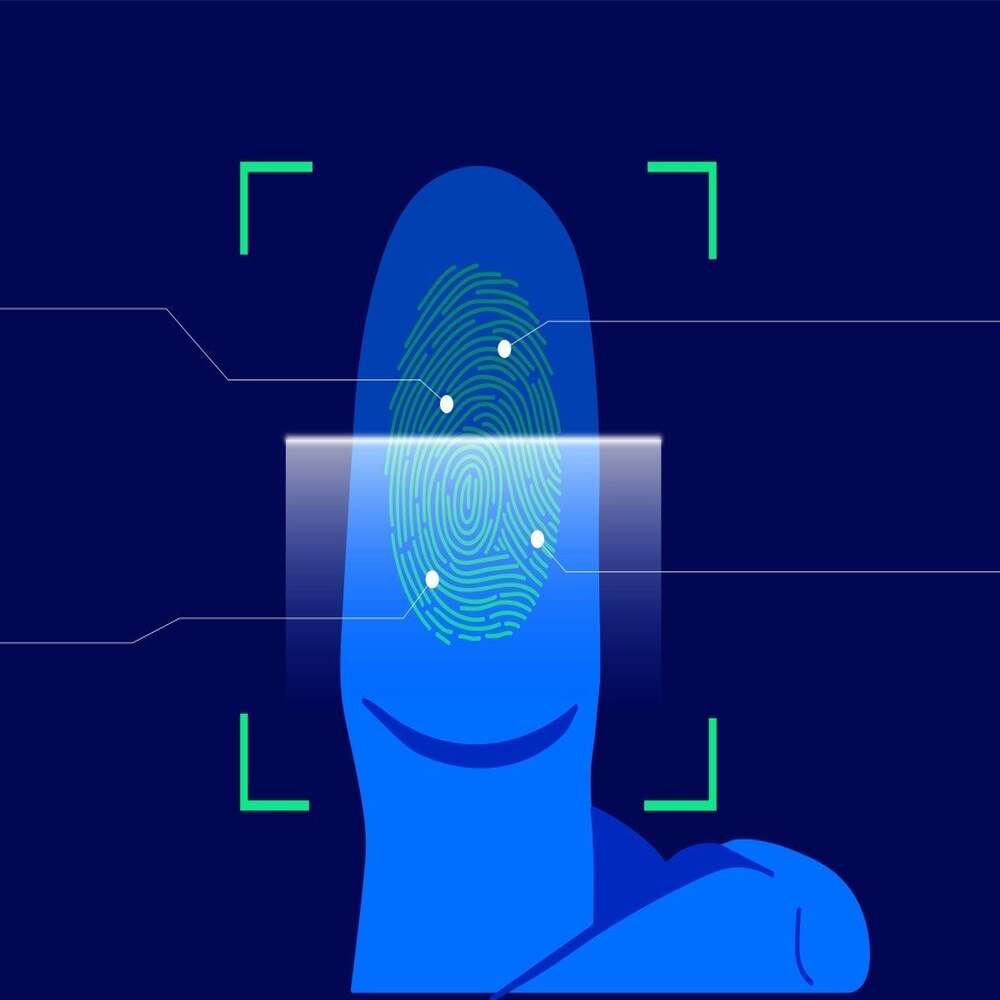
Challenges and Future Developments in Fingerprint Recognition
While fingerprint recognition offers numerous benefits and applications, it also faces certain challenges. Understanding these challenges helps you appreciate ongoing advancements in the field. Therefore, exploring the challenges and future developments is essential.
Addressing Spoofing and Security Concerns
One of the primary challenges in fingerprint recognition is addressing spoofing and security concerns. Spoofing involves creating fake fingerprints to deceive the recognition system, potentially compromising security. Researchers and developers are continuously working on enhancing anti-spoofing measures, such as using liveness detection techniques. Liveness detection can differentiate between live fingers and fake ones by analyzing properties like blood flow and skin elasticity. By understanding the efforts to address spoofing and security concerns, you can appreciate the advancements in enhancing the technology’s robustness. Therefore, recognizing the importance of ongoing research is crucial.
Improving Sensor Performance
Another challenge is improving the performance of fingerprint sensors, particularly in adverse conditions. Factors like dirty, wet, or damaged fingers can affect the accuracy of finger recognition. Developers are working on creating more resilient sensors that can accurately capture fingerprints in various conditions. Ultrasonic and optical sensors are being enhanced to improve performance and reliability. Additionally, advancements in artificial intelligence and machine learning are being utilized to enhance the accuracy and robustness of recognition systems. By understanding the efforts to improve sensor performance, you can appreciate the ongoing developments in the field. Therefore, recognizing the value of continuous improvement is essential.
Ethical and Privacy Considerations in Fingerprint Recognition
Fingerprint recognition technology raises important ethical and privacy considerations. Understanding these considerations helps ensure responsible and fair use of the technology. Therefore, exploring ethical and privacy considerations is crucial.
Data Privacy and Security
Data privacy and security are critical considerations in fingerprint recognition technology. Biometric data, including fingerprints, is highly sensitive and requires robust protection measures. Ensuring that biometric data is securely stored and transmitted is essential to prevent unauthorized access and breaches. Laws and regulations, such as the General Data Protection Regulation (GDPR), set stringent guidelines for handling biometric data. By understanding the importance of data privacy and security, you can appreciate the need for responsible handling of biometric information. Therefore, recognizing the significance of data protection is crucial.
Informed Consent
Informed consent is another important ethical consideration in finger recognition. Individuals should be fully informed about how their biometric data will be used, stored, and protected. Obtaining explicit consent ensures that individuals are aware of their rights and can make informed decisions about providing their fingerprints. Transparent communication and clear policies help build trust and confidence in the technology. By understanding the importance of informed consent, you can appreciate the need for ethical practices in the use of finger recognition. Therefore, recognizing the value of transparency is essential.
Potential for Misuse
The potential for misuse of fingerprint recognition technology raises ethical concerns. Misuse can occur if the technology is used for unauthorized surveillance or tracking without individuals’ knowledge or consent. Establishing clear guidelines and regulations for the use of finger recognition is essential to prevent misuse. Ethical considerations must guide the development and deployment of the technology to ensure that it is used for legitimate and beneficial purposes. By understanding the potential for misuse, you can appreciate the need for ethical oversight and regulation. Therefore, recognizing the importance of responsible use is crucial.
Addressing Common Questions About Fingerprint Recognition
Understanding common questions about fingerprint recognition provides additional clarity and guidance. Knowledge of these answers ensures better preparation and confidence. Therefore, exploring common questions is essential.
How Secure is Fingerprint Recognition?
A common question is how secure fingerprint recognition is compared to other authentication methods. Fingerprint recognition is generally more secure than traditional methods like passwords or PINs. The uniqueness of fingerprints and the difficulty of duplicating them contribute to its security. However, like any technology, it is not foolproof and requires robust implementation to address potential vulnerabilities. By understanding the security considerations, you can appreciate the effectiveness of fingerprint recognition. Therefore, recognizing the importance of comprehensive security measures is crucial.
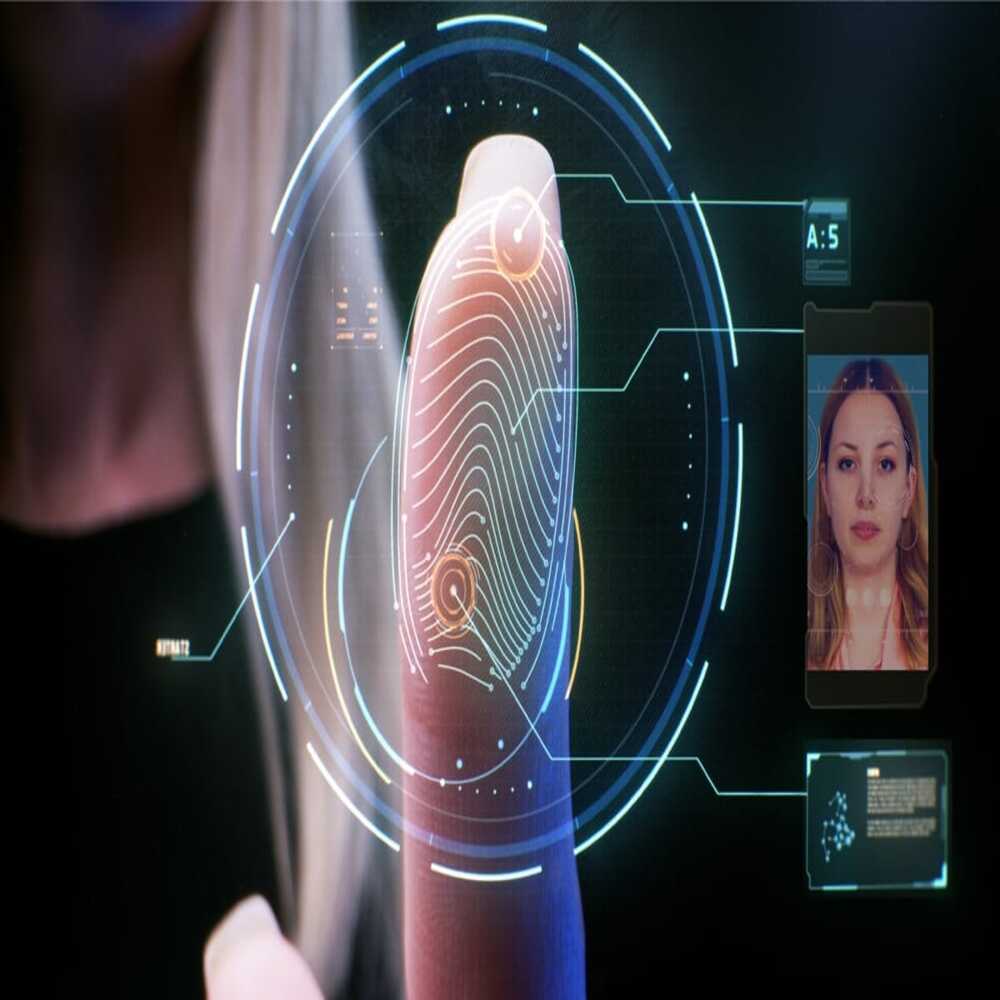
Can Fingerprint Recognition Work with Damaged or Dirty Fingers?
Another common question concerns the effectiveness of fingerprint recognition with damaged or dirty fingers. While some sensors may struggle with compromised fingerprints, advancements in sensor technology are improving performance. Ultrasonic and optical sensors can capture detailed images even in challenging conditions. Additionally, regular maintenance and cleaning of sensors can enhance accuracy. By understanding the limitations and advancements, you can appreciate the efforts to improve reliability. Therefore, recognizing the value of ongoing development is essential.
Conclusion: Embracing the Future of Fingerprint Recognition
Embracing the future of fingerprint recognition involves understanding the technology’s workings, benefits, applications, and challenges. Proper knowledge of these aspects ensures informed and responsible use.
Exploring key elements such as image acquisition, feature extraction, matching process, benefits, applications, ethical considerations, and addressing common questions provides valuable insights. Recognizing the importance of ongoing advancements, robust security, and ethical practices enhances overall understanding and execution.
By engaging with these elements, individuals and organizations can confidently adopt finger recognition technology for enhanced security and convenience. Therefore, whether you are implementing access control systems, securing mobile devices, or enhancing law enforcement, understanding finger recognition offers practical and valuable insights. Embrace the opportunity to leverage advanced biometric technology, knowing you have the knowledge and resources to achieve reliable and ethical identification!
